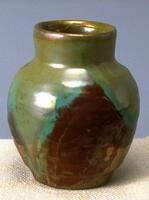171 UMMA Objects
171 UMMA Objects
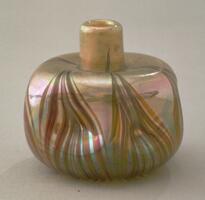
Louis Comfort Tiffany
Vase
1892 – 1896
University purchase 1930, transferred to the Museum of Art, 1972/2.216
1972/2.216
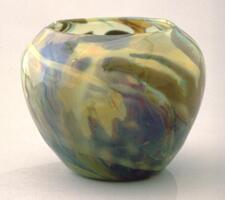
Louis Comfort Tiffany
Vase
1892 – 1896
University purchase 1930, transferred to the Museum of Art, 1972/2.219
1972/2.219

Louis Comfort Tiffany
Pitcher
1896 – 1900
University purchase 1930, transferred to the Museum of Art, 1972/2.226
1972/2.226
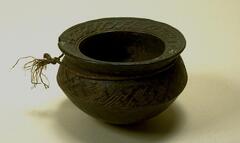
Kuba (Kuba (Democratic Republic of Congo style))
Bowl
1885 – 1895
Museum Purchase made possible by the Friends of the Museum of Art
1985/1.161
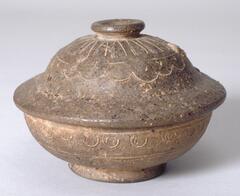
Korean (Korean (culture or style))
Cinerary urn with triangular circle-and-dot design
7th century
Gift of Mrs. Caroline I. Plumer for the James Marshall Plumer Collection
1973/2.36A&B

Korean (Korean (culture or style))
Blue-and-white octagonal water dropper with floral design
1850 – 1899
Gift of Mrs. Caroline I. Plumer for the James Marshall Plumer Collection
1977/1.197
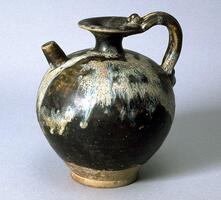
Chinese (Chinese (culture or style))
Ewer
700 – 906
Gift of Mrs. Henry Jewett Greene for The Mr. and Mrs. Henry Jewett Greene Memorial Collection
1971/2.70

Japanese (Japanese (culture or style))
Water Container with Wide Mouth
19th century
Transfer from the School of Art and the College of Architecture and Urban Planning.
1997/1.216

Chinese (Chinese (culture or style))
Embroidery fragments (containers and fans)
20th century
Gift of Doris and Herbert Sloan
1998/2.40.1
Loading…
